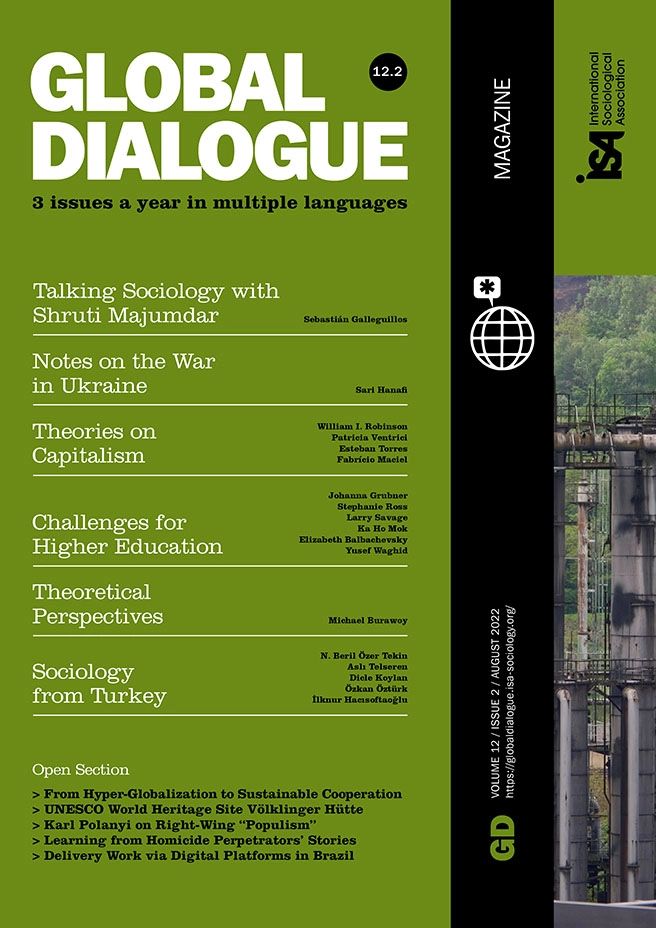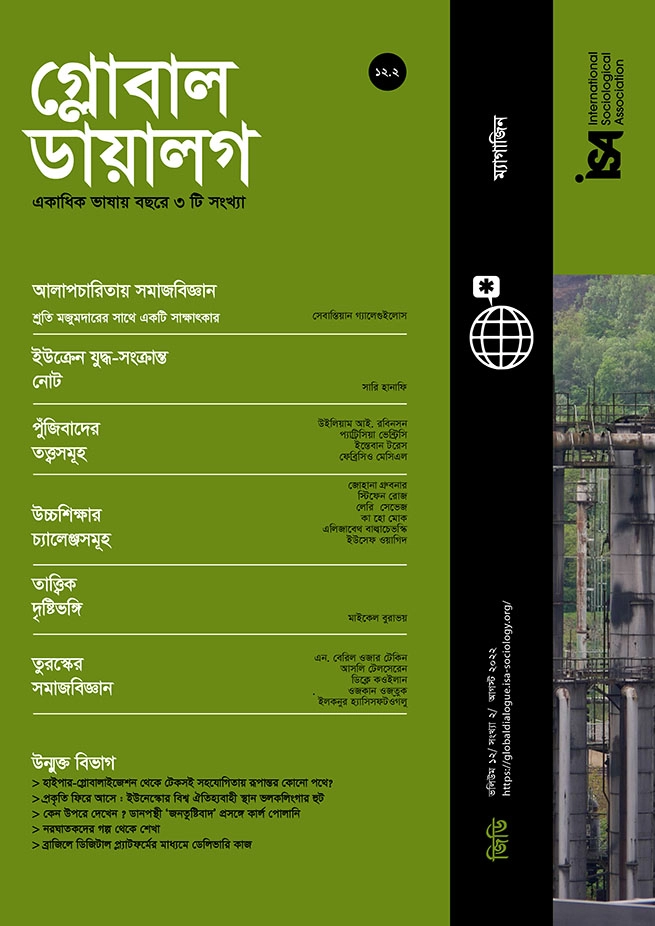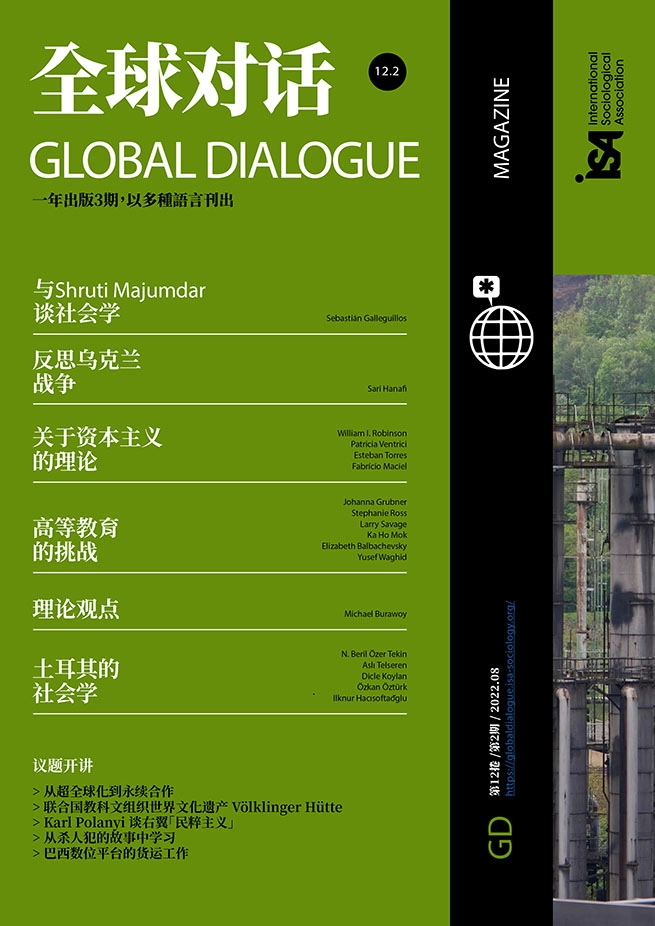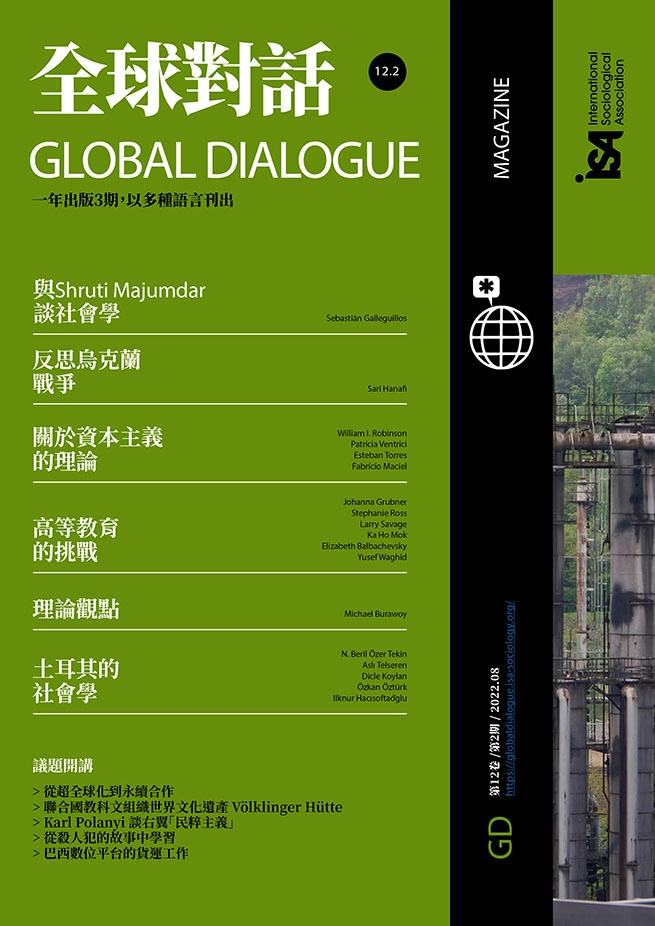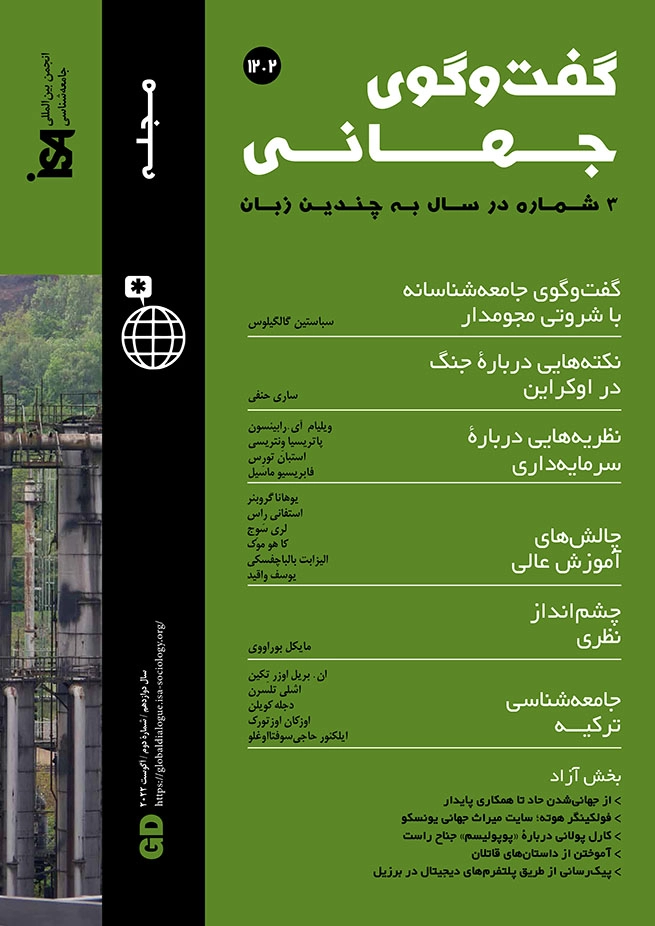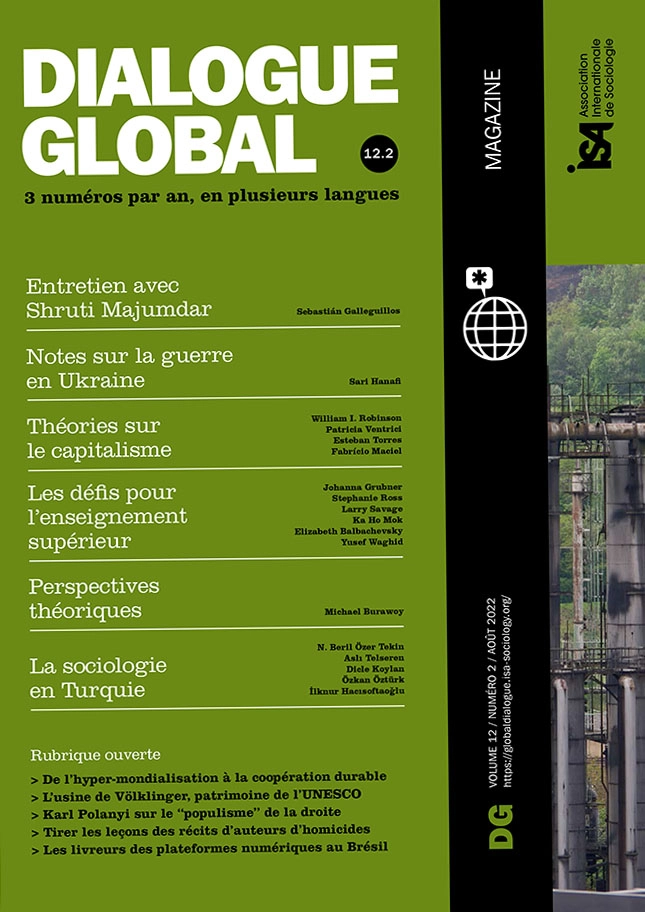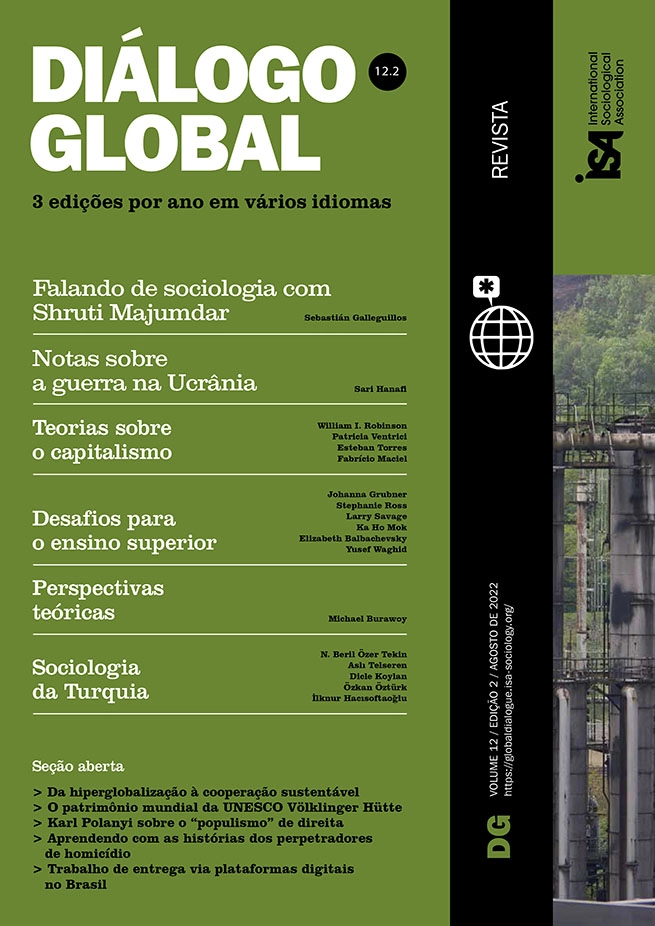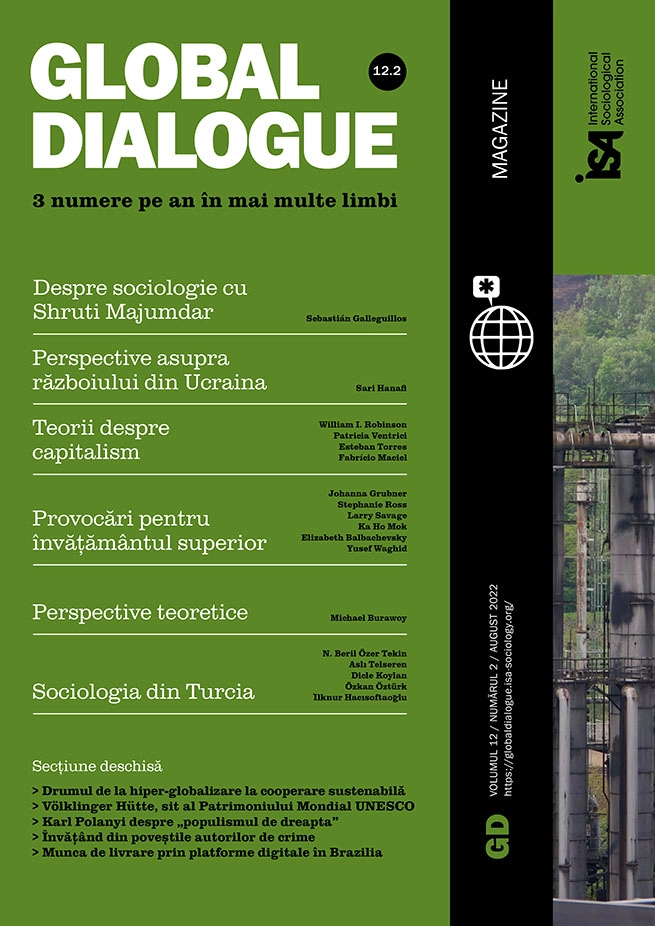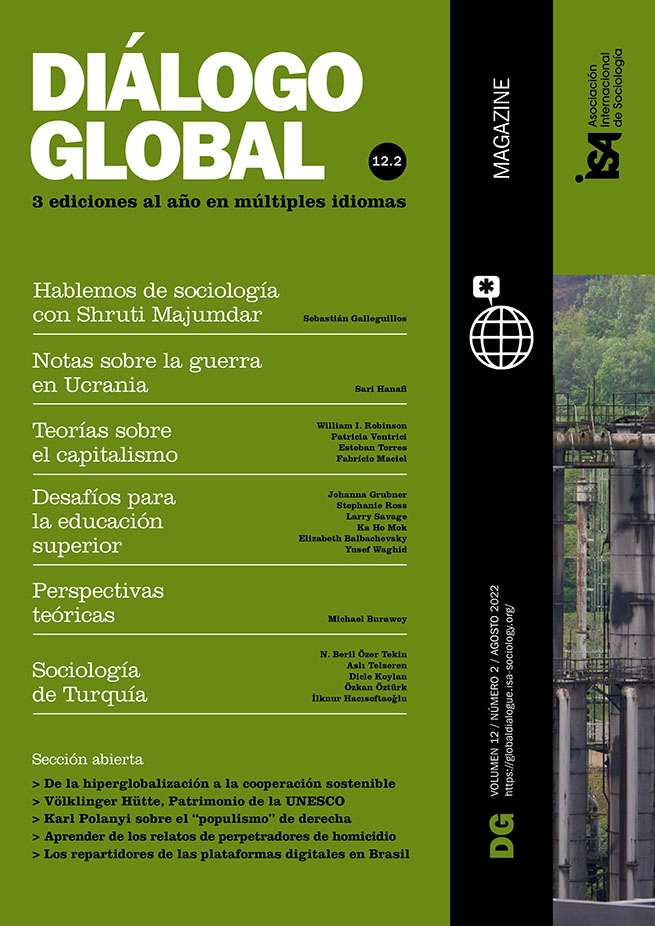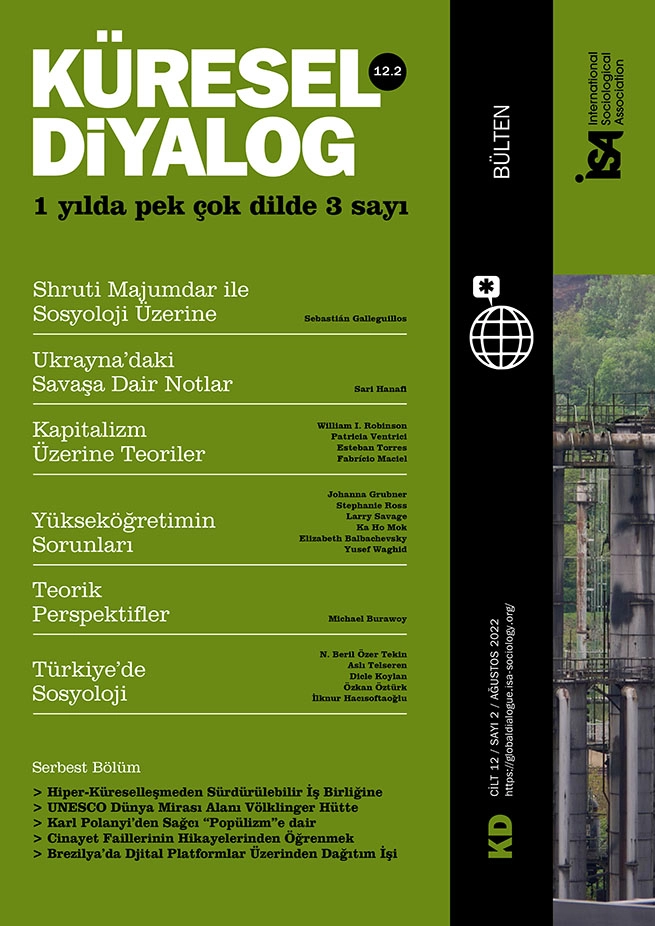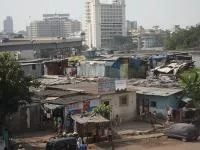Capitalism and Global Inequality
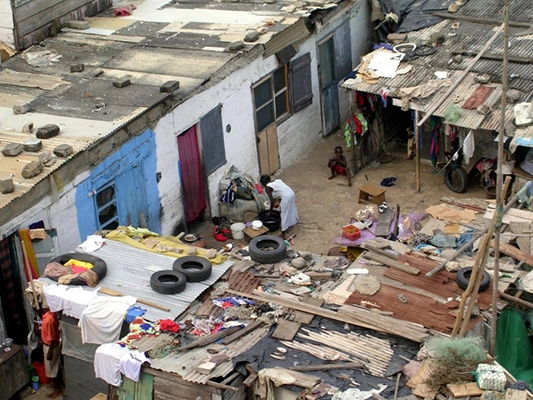
May 25, 2022
In 2018, according to the international development agency Oxfam, the richest 1% of humanity received 52% of the world’s wealth and the top 20% received a full 95%, while the remaining 80% – the vast majority of humanity – had to make do with just 5%. And if such glaring inequalities appeared as mind-boggling when the Oxfam report was released, they have continued to deepen in the intervening years. In the first six months of the coronavirus pandemic, the global rich increased their wealth by an astounding $10 trillion, while almost every country in the world saw an increase in inequality during the contagion, according to a follow-up report by Oxfam in 2021.
Capitalist expansion and uneven development
Radical sociologists who study such inequality observe that, contrary to the system’s apologists, such social polarization is inherent to capitalism, as the capitalist class owns the means of producing wealth and therefore appropriates as profits as much as possible of the wealth that society collectively produces. They also note that the system has constantly expanded outward over the 500-plus years of its existence in the relentless search for new opportunities to accumulate capital (to maximize profit). Capitalism expanded out of its original heartland in Western Europe through ongoing waves of colonialism, imperialism, and more recently globalization, eventually coming to engulf the entire planet. By the start of the twenty-first century, there were no longer any nations or peoples that remained outside of the system.
Sociologists note that the world capitalist system generates two interwoven forms of inequality. One is among the rich and the poor worldwide, as Oxfam has noted in its reports, that is, inequality among people. The other is the stratification of the world’s people into rich and poor countries, or inequality among countries. The average annual income in the Congo stands at $785 per capita, whereas in Belgium, the country that colonized the Congo in the late nineteenth century, it stands at $47,400, according to World Bank data. In the academic lexicon, the world became polarized through colonialism into a rich “First World” core, encompassing the nations of Western Europe, North America, and Japan, while those regions in Latin America, Africa, and Asia that suffered centuries of colonialism and domination by this core were relegated to the “Third World” periphery. In more recent years, academics and pundits have referred to the former Third World as the Global South and to the former First World as the Global North.
Drawing on Karl Marx’s analysis of capitalism and on classical theories of imperialism put forth by V.I. Lenin – the leader of the Bolshevik Revolution – and his generation of socialist revolutionaries, radical political economists and international relations scholars in the post-World War II period developed new theories of dependency, world-systems, and underdevelopment. They argued that colonialism organized the world economy in such a way that the wealth generated in the periphery was siphoned back to the core, leaving the former impoverished and the latter enriched, and that this explains inequality between the Global South and the Global North. Hence, they argued, capital accumulates unevenly in space and leaves some peoples developed and others underdeveloped.
The changing pattern of global inequality
However, by the turn of century, several new tendencies called into question such a facile division of the world’s countries and peoples. First, some countries in the former Third World, especially in East Asia, became industrialized and joined such rich-country clubs as the Organization of Economic Cooperation and Development (OECD). Second, even in the poorest countries there emerged powerful capitalist classes and significant high-consumption middle classes that became integrated into the global consumer culture. And third, in the traditionally rich countries, the working classes that had seen prosperity in the post-World War II period have experienced, as a result of recent globalization, a rapid downward mobility, socioeconomic destabilization, and erosion of their once comfortable living standards – what some sociologists have called the “Thirdworldization” of these working classes.
A recent report issued by the Swiss bank UBS noted that most of the world’s billionaires are in the United States but the number of ultra-wealthy people is growing fastest throughout Asia. In China, which now accounts for one in five of the world’s billionaires, two new billionaires are minted every week. Brazilian, Mexican, Indian, Saudi, Egyptian, and other capitalists who belong to what I have termed the transnational capitalist class now invest trillions of dollars in the global economy. Another report by Forbes noted that wealth is growing faster among the super-rich in the former Third World than elsewhere. “Between 2012 and 2017, Bangladesh saw its ultra-rich club grow by 17.3%,” it noted. “Over the same time period, growth in China was 13.4% while in Vietnam it was 12.7%. Kenya and India were among the other nations recording double-digit growth of 11.7% and 10.7% respectively.”
Some have made the argument based on these tendencies that it may make more sense to refer to the Global North and the Global South less in terms of geographic regions or territories than in terms of transnational population groups. From this perspective, the Global South refers to the impoverished peoples of the former Third World but also symbolically to the poor and the excluded in the rich regions of the world, while the Global North refers to the centers of power and wealth that may still be disproportionately concentrated in the traditional rich countries and also to the rich and powerful all over the world who sustain, manage, and enjoy these centers of power. While sociologists continue to debate these matters, one thing is clear: from any social justice perspective we need a radical redistribution of wealth downward to the poor majority of the world’s people. And this, whether we wish it to be so or not, requires a confrontation with the powers that be in the world capitalist system, as the transnational corporate elite that controls the global economy – that one percent of humanity identified by the Oxfam report mentioned above – will resist any challenge to its wealth and power.
William I. Robinson, University of California, Santa Barbara, USA <w.i.robinson1@gmail.com>

